By Sean Fagan
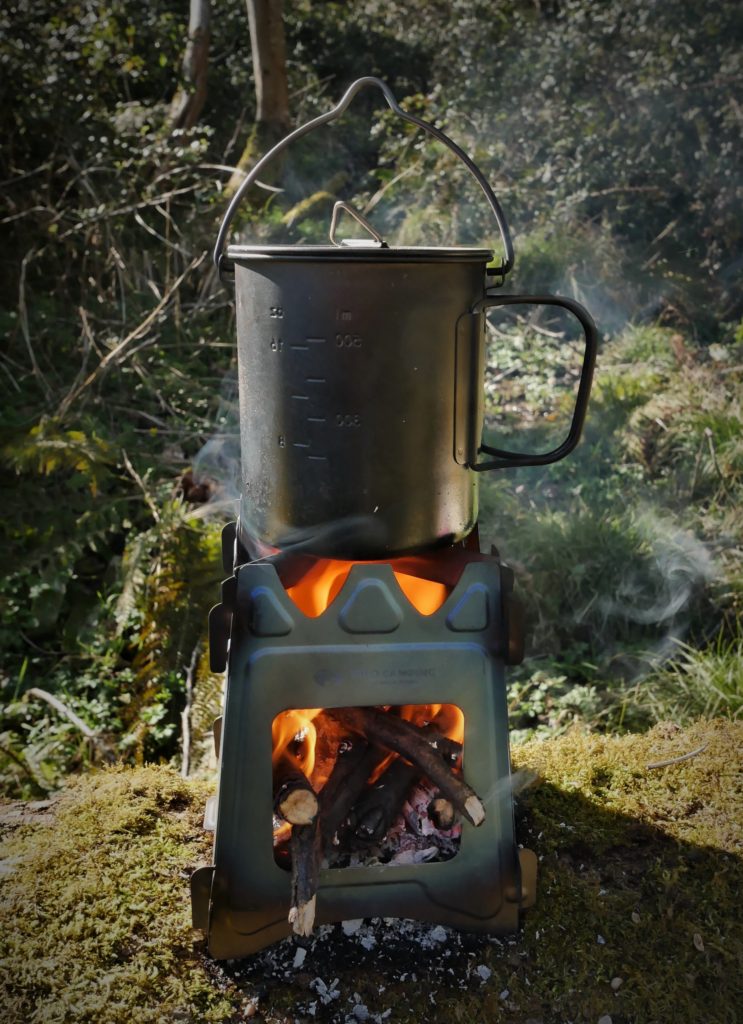
Over the course of almost one year, I’ve been occasionally using an alternative means of cooking food and boiling water outdoors – a firebox (sometimes referred to as a twig stove or camping stove or a variation thereof).
A firebox is a metal container that can be disassembled and stored flat. When assembled it's a free-standing, box-like structure that can contain a small, controlled fire within.
On the top of the firebox - a pot can be easily balanced for cooking or boiling water.
On one side of the firebox is a large opening for feeding twigs – the preferred fuel of the firebox.
A firebox is a very simple structure and easy to use.
But like all bushcraft gear – it has to be carried into the wild, so questions can arise such as: is the firebox worth carrying? and how well does it preform?
Like a lot of situations in life, there is no perfect answer to everything. Although the firebox has great advantages it also has its limitations – which will be covered in the following blog.
In this review I’ll also include the price of the firebox along with my overall opinion on value for money (you might be surprised on how much it costs).
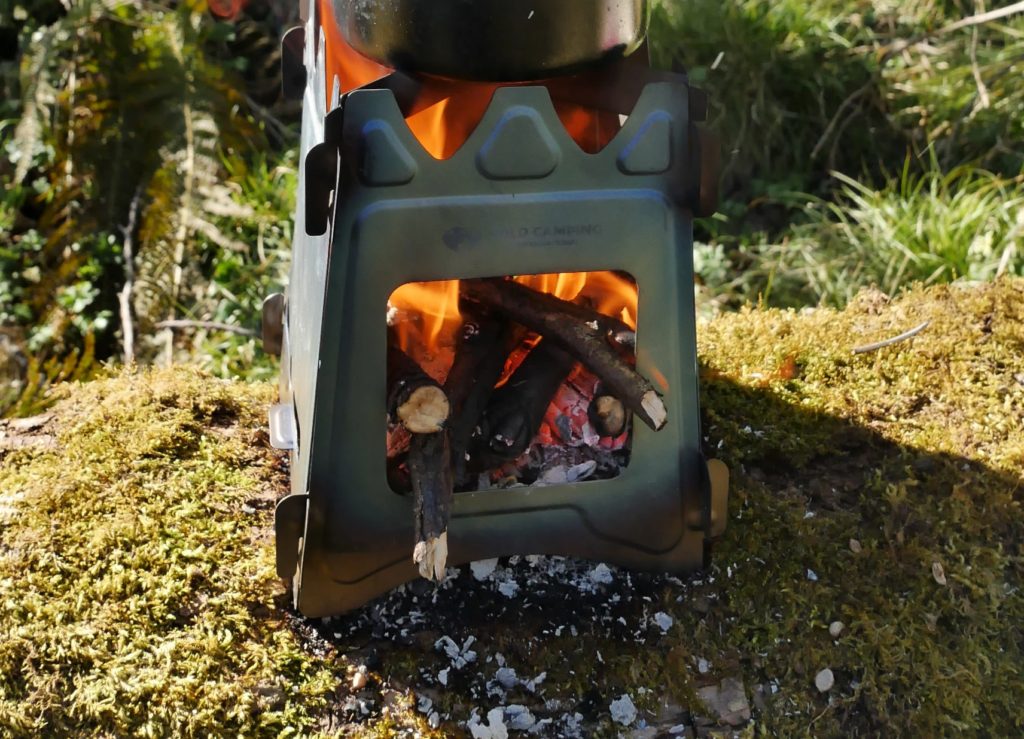
FIRE BOX REVIEW:
The review is broken down into the following parts:
- Quality of firebox material
- Durability, weight & ease of assembly
- Fuel efficiency
- Smokiness
- Ease of starting a fire within the firebox
- Portability
- Value for money & Conclusion
- QUALITY OF FIRE BOX MATERIAL
The firebox is made from a titanium alloy - which is strong, light and durable. After using my firebox many times, I can attest to its durability. I've had no issues...so far.
As to be expected, the metal heats up quite quickly when in use, so beware - it's very easy to burn your fingers if carelessly touched.
2. EASE OF ASSEMBLY
Assembly can be slightly tricky as each of the seven pieces must slot in perfectly. It takes a little practice and must not be forced. Once experienced, it takes a minute or two to assemble.
Whatever slight looseness that may occur when the box is assembled is quickly dispelled when in use - as the metal expands when heated.
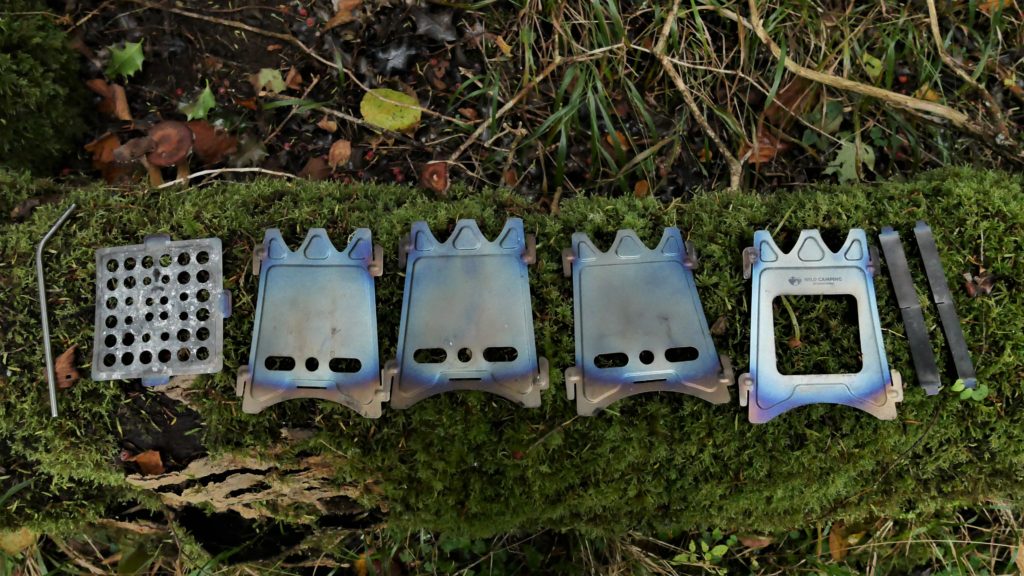
3. FUEL EFFICIENCY
The firebox is very fuel efficient, provided you do the following:
- Make sure you use very dry, dead twigs that are shortened to fit into the firebox.
- Fireboxes are fuel-hungry...they need a fairly regular feeding of twigs to keep going (as the twigs burn quickly). It's preferable to have a stash of prepared twigs before lighting a fire in a firebox - so it can be constantly fed for the duration of boiling water or cooking food.
- Make sure to position the opening of the firebox towards the wind - so there is maximum air flow (ample oxygen is one of the key factors to a good fire).
Once all the above three conditions are met - the firebox is very fuel efficient - partly because the metal of the firebox heats up a lot when in use - contributing to the burning of the twigs to a hot, fine ash in double quick time.
4. SMOKINESS
An aspect of the firebox I unashamedly adore is its lack of smoke. I do a lot of wild camping and it can often be a big advantage to be as covert as possible.
Once a fire is established within a firebox the fuel will burn mostly smokeless. This is due to the generous air flow designs of the better brands of fireboxes. It's also due to the combustibility of small fuel (twigs) and the intense heat generated by the metal of the firebox being heated to a very high temperature when in use.
All the above factors contribute to a rapidly-burning, intensely hot fire - which pretty much instantly removes any moisture from the twigs (trapped moisture in wood is the most common cause of smoke with a wood fire).
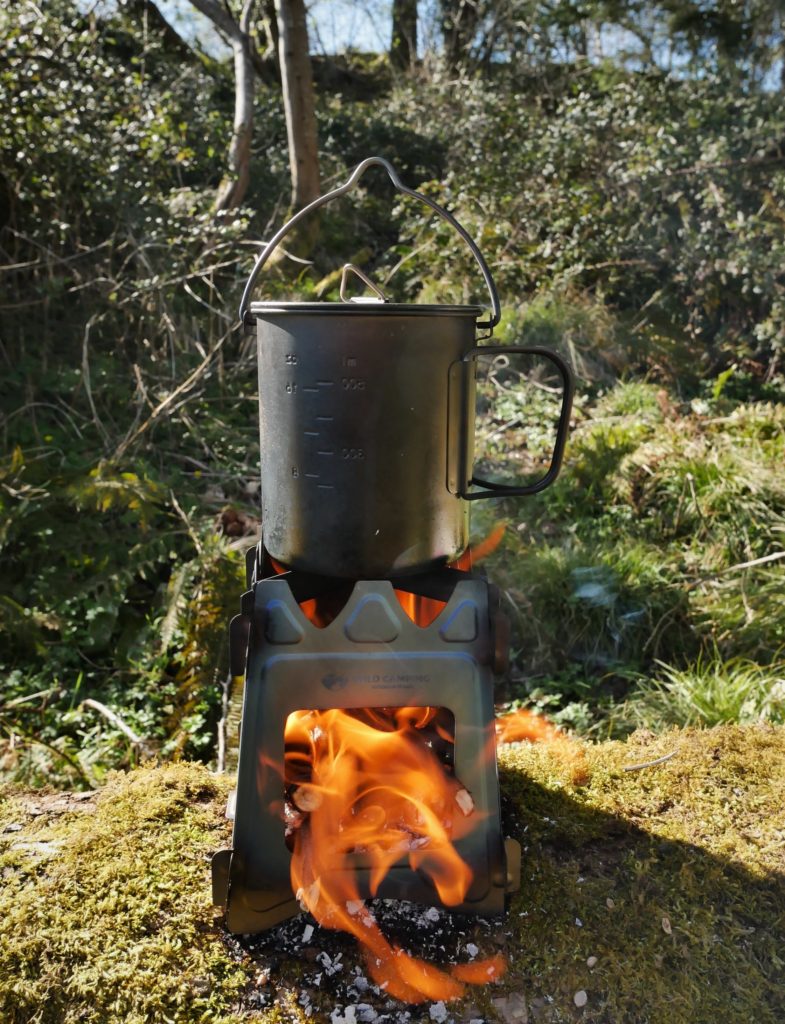
5. EASE OF STARTING A FIRE WITHIN A FIREBOX
I'll be honest - starting a fire within a firebox is not easy. This is because the interior of a firebox is restrictively small. It's hard to fiddle around, arranging twigs and tinder in such a confined space - and then to ignite it? Challenging to state the least.
I cheat a little. When I'm outdoors I always bring pocket-sized containers of Vaseline-based lip balm on my person and in my backpack. Vaseline is flammable and thankfully burns for a good length of time. So to quickly improve the flammability of the twigs and tinder I simply smear some Vaseline onto them - then introduce a flame....and away it goes.
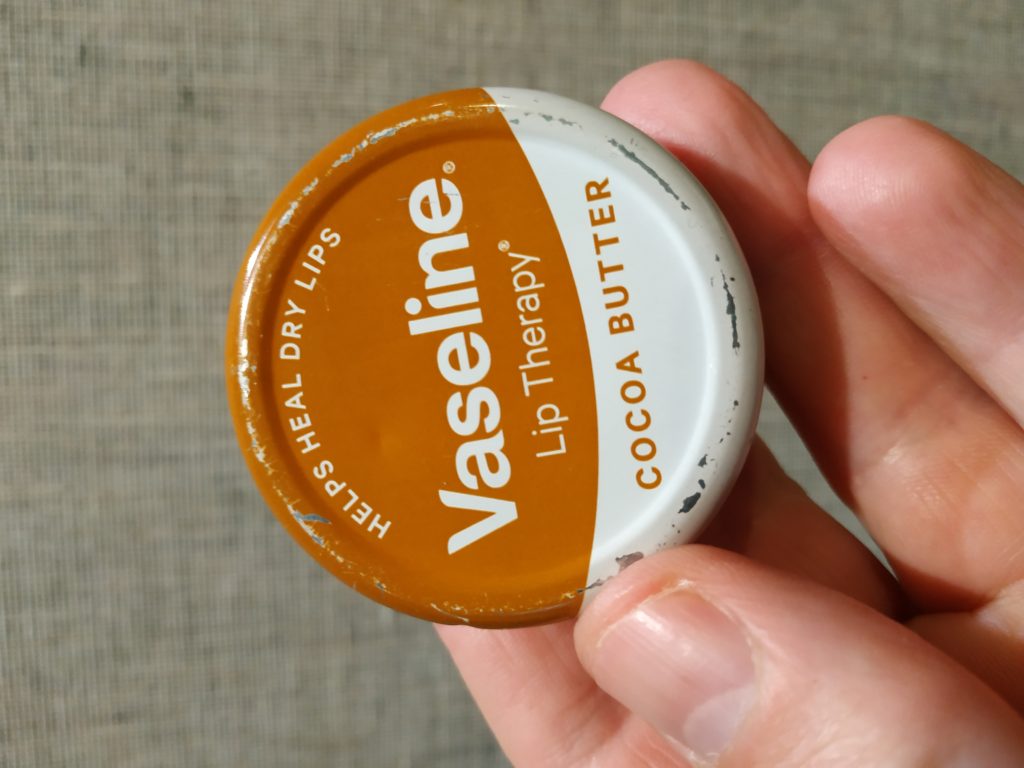
But if only it was as simple as that.
To ensure fire-lighting success I also do a few other things. I've condensed these fire-lighting pointers into four easy-to-follow tips - which can be found as bonus reading at the end of this blog.
6. PORTABILITY:
Weighing in at a mere 220 grams (7.76 ounces) - this firebox model is very light.
It's also quite compact - about 1.5 cm thick by 14 cm wide and 18 cm long. When packed flat in its bag - it's extremely compact and portable.
There is not much to add about the obvious portability of this firebox - it pretty much gets a 10 out of 10 for portability.
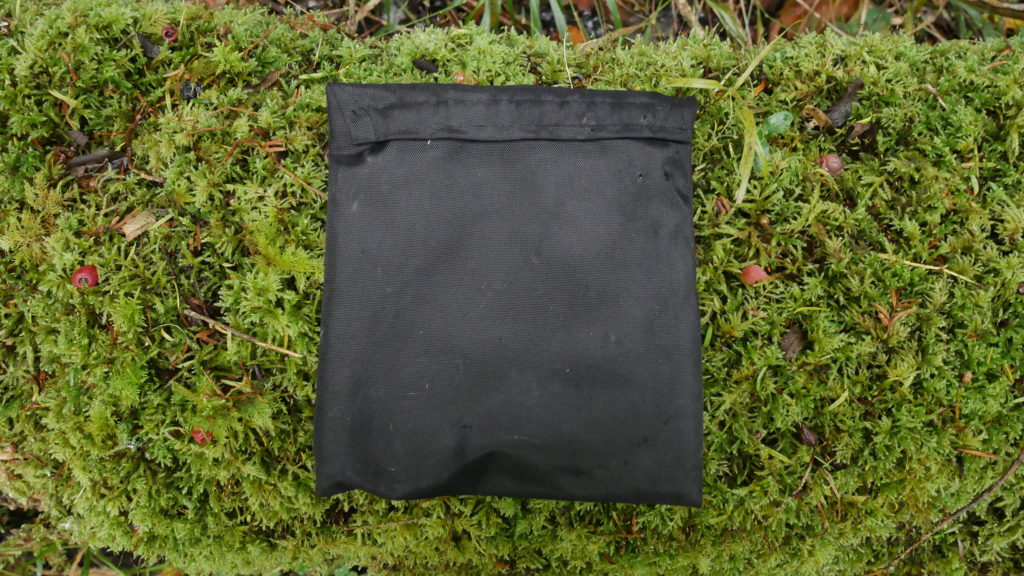
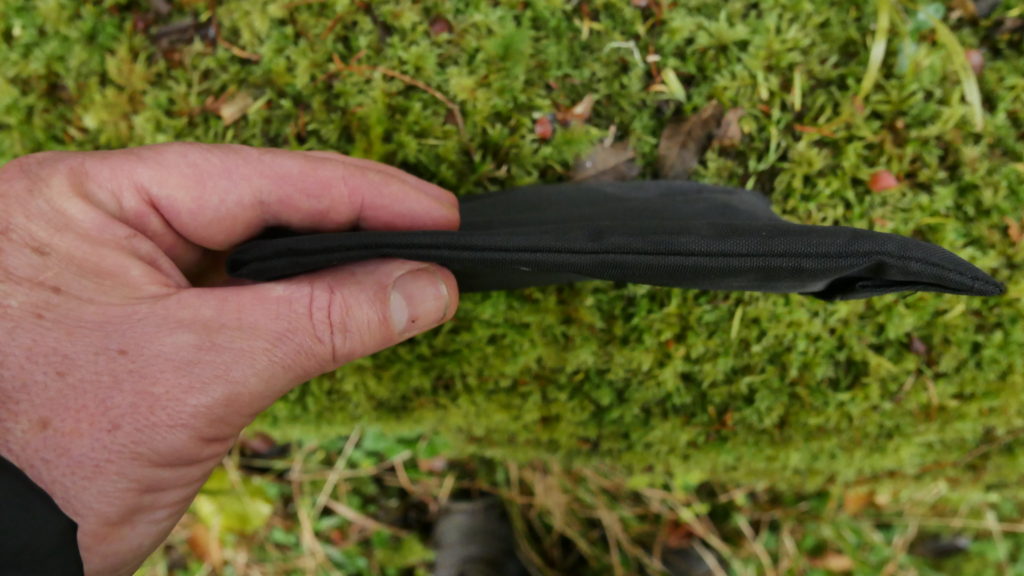
7. VALUE FOR MONEY & CONCLUSION
The brand name for the firebox featured on this blog is called Wild Camping International Titanium Stove - and currently retails for 30 Pounds Sterling (about 35 Euros or 41 US Dollars). I don't know about you - but that's fairly cheap for such a durable, trustworthy, well-preforming item for the outdoors.
Would I recommend this item? Absolutely. Its a great bit of outdoor kit.
Also, before I settled on this firebox model I had purchased two other firebox models - they were not great - in terms of portability, weight & performance (they were a little bulky and heavy and most importantly - they didn't preform so well - mostly because of the inadequate size and number of ventilation holes -and the excessively small interior of the fireboxes).
So I know from experience this particular brand I'm promoting throughout this blog is good - good where it counts.
*Don't forget...at the end of this blog are four easy tips on how to successfully start a fire in a firebox.
"Deep silence fell about the little camp, planted there so audaciously in the jaws of the wilderness. The lake gleamed like a sheet of black glass beneath the stars. In the draughts of night that poured their silent tide from the depths of the forest, with messages from distant ridges and from lakes just beginning to freeze..."
Algernon blackwood
Related Blogs on this Website:
- Making a Mini Fire-Trench
- Camp Craft: How to use Smokey Fires to your Advantage
- Fire Skills: Carrying Kindling
Amazon.uk link for firebox: here
Bonus: 4 EASY TIPS ON HOW TO START A FIREBOX FIRE:
1. Use twigs as thin and dry as possible - as thin as a matchstick, if possible.
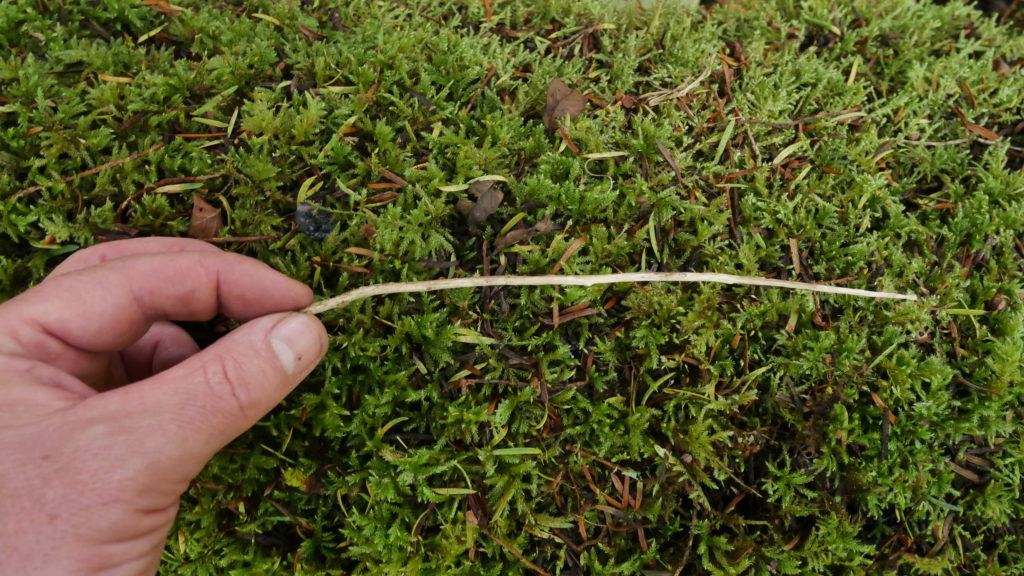
2. As regards the quantity of twigs - a handful will do - but make sure to break the twigs into 3-4 inch lengths so they can be comfortably placed horizontally (not vertically) into the firebox.
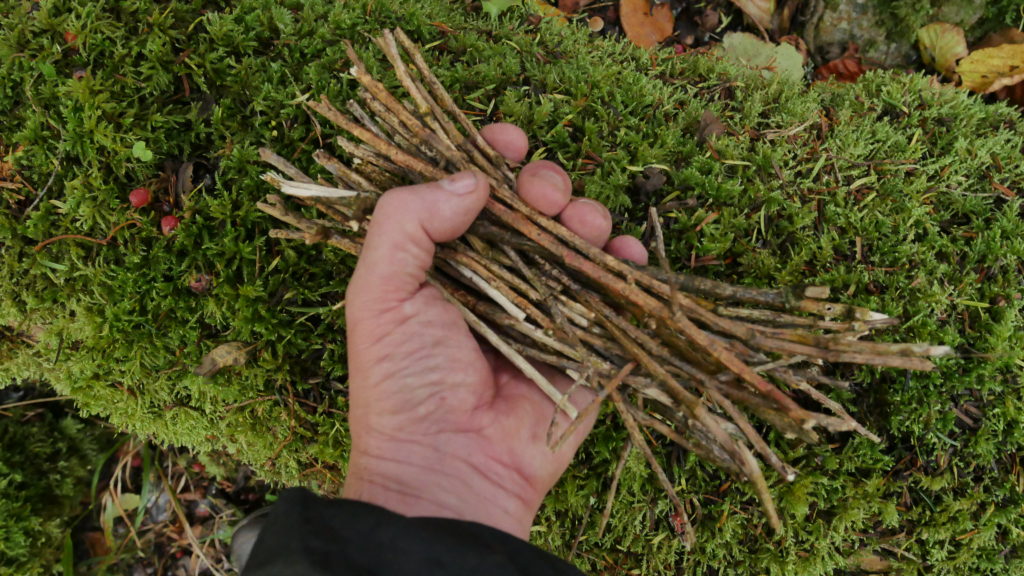
3. When starting a fire, arrange the twigs vertically not horizontally. This is important. Remember, the flames of a fire like to climb upwards on fuel. Once the fire is established you can stuff in the twigs horizontally - as they will easily catch fire at that stage.
4. When you have vertically arranged your handful of twigs in the firebox - leave a space (about fist-sized) at the opening of the firebox. That's where your tinder comes in. You can use tissue, papers, dead dry grass...whatever - but make sure you leave space for your tinder to be placed in LAST into the firebox. Twigs are placed in first, then your tinder. When you ignite your tinder it should ignite your twigs (the kindling).
P.S. - If you want, follow my earlier advice - smear the twigs with Vaseline to greatly improve their flammability. It's not cheating - it's using the head : )
BONUS TIP: carry a stainless steel straw in the firebox bag. This is very handy for quickly reviving an ailing fire in your firebox. By forcefully channeling air into the fire with a straw - you can greatly improve the combustibility of a fire.
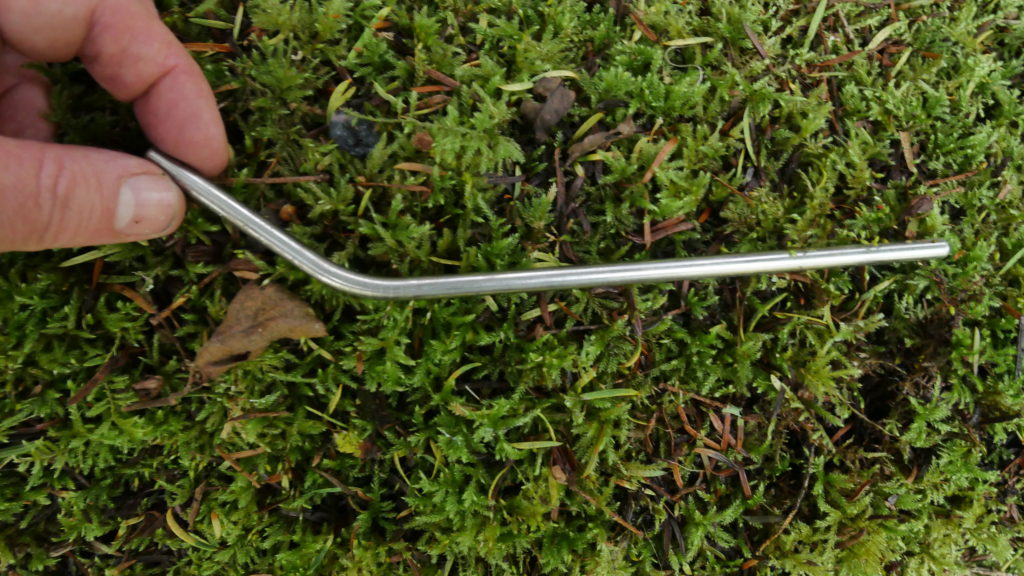

Recent Comments